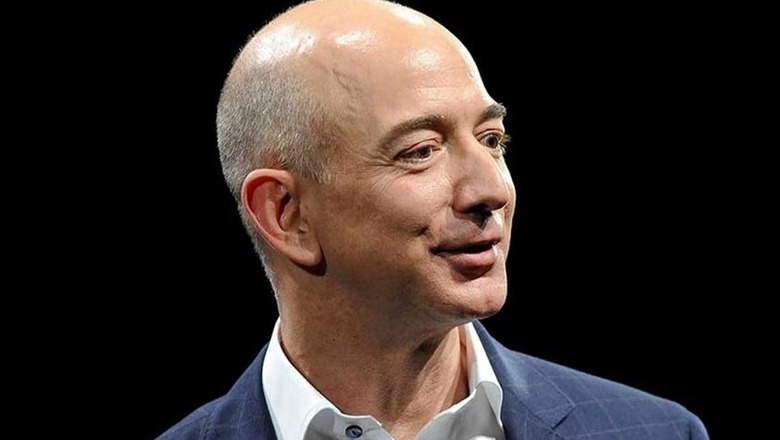
views
In a recently resurfaced video, Amazon founder Jeff Bezos discusses a rule he once implemented that banned the use of PowerPoint in company meetings. The video, shared by a LinkedIn user, sheds light on Bezos’ preference for memos over traditional presentations. In the video, Bezos emphasises the importance of Amazon employees creating narratively structured six-page memos. These memos serve as a foundation for discussions during meetings, ensuring that all attendees have thoroughly read and understood the material before any verbal communication begins.
“Just like high school kids, executives will bluff their way through the meeting as if they’ve read the memo. Because we’re busy. And so you’ve got to actually carve out the time for the memo to get read… And then everybody has actually read the memo. They’re not just pretending to have read the memo," Bezos explains in the video.
Since its resurgence, the LinkedIn post has garnered significant attention, accumulating over 3,600 likes and sparking a lively discussion among users. Opinions on Bezos’ approach are varied, with some expressing admiration for the methodology and others expressing scepticism.
In the comments section, a user shared their perspective, emphasising that the main takeaway from the post should not revolve around emulating Amazon’s approach versus PowerPoint. Instead, they suggested a deeper consideration of alternative communication methods in organisations in 2024, pondering whether these could lead to swifter, more productive outcomes for both business results and employee well-being compared to relying on software developed in 1987.
Another commentator expressed full agreement with the idea of eliminating PowerPoint or slide presentations. They preferred skipping memos and advocated for engaging in high-level strategic conversations and brainstorming sessions lasting no more than 45 minutes. According to this perspective, such an approach allows everyone to contribute expertise, injecting immediate energy and enthusiasm into the discussion. “The energy stays with you when you leave the room," they added.
A different user supported the notion, stating that it represents the most effective way to foster a productive and meaningful discussion. They argued that this approach not only saves time for meeting attendees but also ensures that everyone is cognizant of the context. “Otherwise, many people in the meetings are not aware of the context and this wastes the resources of the corporation in the long run," the person said.
Conversely, dissenting voices emerged with some users defending the value of PowerPoint. They contended that PowerPoint, as a visual tool, maximises the impact of a discussion. If doubts exist regarding whether people will read the full memo after the meeting, “You need to work on their reading habits, or maybe you’re lacking trust here, so fix that."
Expressing a more critical stance, another user commented that the suggested approach sounded irrational. “This sounds insane," the individual wrote. The user insisted that there are numerous methods to ensure productive meetings without resorting to making management sit quietly and read.



















Comments
0 comment